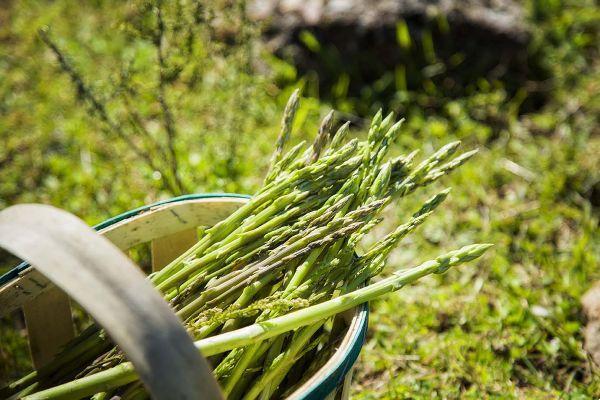
- wild asparagus they are spontaneous herbs that begin to emerge from the ground with the arrival of spring. Have you ever noticed them in the middle of the vegetation?
They often appear in close proximity to lick or in the vicinity of woods composed of broad-leaved trees, but recognizing them is not always that simple. Here then is a short guide that will help you to get to know them better to be able to use them in many preparations of our tradition.
- Properties and benefits of wild asparagus
- Calories and nutritional values
- Wild asparagus allies of
- Curiosities about wild asparagus
Properties and benefits of wild asparagus
Asparagus acutifolius commonly known as wild asparagus is an evergreen perennial plant belonging to the genus Asparagus and Liliaceae (lily family). Although it is occasionally referred to as Chinese asparagus, the wild asparagus is native to the Mediterranean.
It is now a popular herb in both Chinese medicine than in the Korean one and
it grows in the mountainous regions of both countries.
Taoists claim that by consuming wild asparagus roots a person can acquire the ability to fly. This flight represents the ability to rise above trivial things and it is the freedom of the Spirit that can be experienced when harmony is achieved. The Chinese claim that "wisdom comes from the lungs".
The wild asparagus is indeed a powerful but gentle tonic for the lungs. It would be great for smokers, for those who constantly work in dry environments, and for people with dry coughs. Helps moisten the lungs, a remove toxins from the respiratory tract and improve all respiratory functions.
This herb indeed stimulates the body's natural ability to produce mucus, facilitating a deeper breath.
Calories and nutritional values
The major vitamins and minerals present are: Vitamin E (55.33%), Vitamin B9 (54.25%), Vitamin C (25.22%), Manganese (17.83%). A portion of 100 g provides:
- Water 85,4 g
- Energy 40 Kcal
- Proteins 2,4 g
- Total fats (lipids) 0,61 g
- G carbohydrates 3,56
- Total dietary fiber 4,83 g
- Calcium 54,1 mg
- Iron 0,66 mg
- Magnesium 36,6 mg
Wild asparagus allies of
It is especially used by women to help with female ailments from premenstrual syndrome to menopause to sexual dysfunction.
I edible sprouts they have known diuretic properties, as well as anti-edema, antirheumatic, purifying and laxative properties; from the dried roots it is possible to obtain a tmother intura with purifying properties, slimming and anti-inflammatory.
In the field of Tuscan folk medicine the sprouts are used to prepare a decoction, which orally takes on a diuretic and anti-inflammatory action. It is commonly considered a healthy food with diuretic and purifying effects.
Its consumption is recommended in folk medicine such as digestive, to treat various kidney and liver disorders, prostate diseases, lithiasis of the bile ducts or inflammation of the bile and to lose weight.
Curiosities about wild asparagus
Wild asparagus is one edible plant very important in the Mediterranean area. The main part of the plant that is used for food are the sprouts. It has been harvested since ancient times and is considered an interesting crop for marginal rural areas given the
its frugality, which allows it cultivation in arid soils.
It is considered a healthy food used in folk medicine as a diuretic for the treatment of several kidney-related ailments. It is eaten cooked in various dishes, even if it is favorite with eggs, i.e. omelettes, scrambled or poached eggs.


























